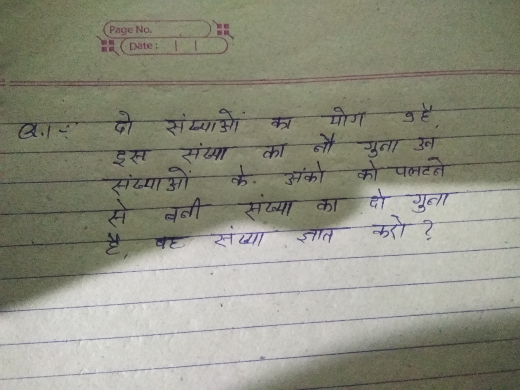
AllQuestion and Answers: Page 1448
Question Number 66356 Answers: 1 Comments: 0

Question Number 66355 Answers: 0 Comments: 1
Question Number 66354 Answers: 0 Comments: 1
Question Number 66351 Answers: 0 Comments: 1
Question Number 66350 Answers: 0 Comments: 1
Question Number 66349 Answers: 0 Comments: 1
Question Number 66348 Answers: 0 Comments: 0
$${find}\:{nature}\:{of}\:\int_{\mathrm{0}} ^{\mathrm{1}} \:\:\frac{{dx}}{{e}^{{x}} −{cosx}} \\ $$
Question Number 66347 Answers: 0 Comments: 0
Question Number 66346 Answers: 0 Comments: 2
Question Number 66345 Answers: 0 Comments: 1
Question Number 66344 Answers: 0 Comments: 1
Question Number 66342 Answers: 0 Comments: 0
Question Number 66341 Answers: 0 Comments: 1
Question Number 66340 Answers: 0 Comments: 1
Question Number 66339 Answers: 0 Comments: 1
Question Number 66338 Answers: 0 Comments: 1
Question Number 66337 Answers: 0 Comments: 2
Question Number 66336 Answers: 0 Comments: 0
Question Number 66335 Answers: 0 Comments: 1
Question Number 66334 Answers: 0 Comments: 2
Question Number 66332 Answers: 0 Comments: 0
Question Number 66330 Answers: 0 Comments: 1
Question Number 66328 Answers: 0 Comments: 1
Question Number 66326 Answers: 0 Comments: 4
Question Number 66324 Answers: 0 Comments: 1
Question Number 66323 Answers: 0 Comments: 0
Pg 1443 Pg 1444 Pg 1445 Pg 1446 Pg 1447 Pg 1448 Pg 1449 Pg 1450 Pg 1451 Pg 1452
